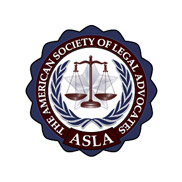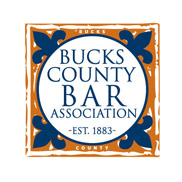PA Supreme Court Revives Relation Back Evidence for Driving Under the Influence Cases
On January 22, 2020, the Pennsylvania Supreme Court issued a decision in Commonwealth v. Starry, concerning the Commonwealth’s ability to use relation back evidence to prove a specific blood alcohol content level in DUI cases where the blood evidence was not obtained within two hours of an individual operating a motor vehicle. The facts of the Starry case involved a single car accident that occurred some time between one hour and fifty minutes and two hours and forty minutes before the blood draw was performed. Pennsylvania’s DUI law provides that a person commits a highest rate DUI if an individual operates a vehicle: “after imbibing a sufficient amount of alcohol such that the alcohol concentration in the individual’s blood or breath is 0.16% or higher within two hours after the individual has driven, operated or been in actual physical control of the movement of the vehicle.” 75 Pa.C.S. Sec. 3802(c). The question addressed by the PA Supreme Court in the Starry case was whether the District Attorney may introduce expert testimony concerning what an offender’s blood alcohol content level would have been within two hours of driving, even though the blood evidence was or was likely obtained outside of the two hour window.
The Supreme Court first analyzed an exception to the two hour rule contained in the DUI statute that provides: “where alcohol . . . concentration . . . is an element of the offense, evidence of such alcohol . . . concentration more than two hours after the individual has driven, operated or been in actual physical control of the movement of the vehicle is sufficient to establish that element of the offense under the following circumstances: (1) where the Commonwealth shows good cause explaining why the chemical test sample could not be obtained within two hours; and (2) where the Commonwealth establishes that the individual did not imbibe any alcohol . . . between the time the individual was arrested and the time the sample was obtained.” 75 Pa.C.S. Sec. 3802(g). The Court then noted that there is nothing in the DUI law that prohibits the District Attorney from proving its case by circumstantial evidence with relation back testimony. In other words, a prosecutor is permitted to introduce evidence that would enable the fact-finder to infer a blood alcohol content in excess of a statutory limit within two hours of driving. Of course, this evidence can be strong or weak depending upon the overall blood alcohol content level and the proximity in time between when the blood was drawn and the two hour window. In fact, the Court suggested that expert testimony would not even be required in instances involving a substantially elevated DUI result where a blood sample was taken relatively close to the time of driving.
Lastly, the Supreme Court addressed whether the Commonwealth is required to meet the criteria established in section 3802(g) of the DUI law, before it is permitted to introduce relation back testimony. The Court determined that it is not. In reaching this conclusion, the Court applied the Pennsylvania Rules of Evidence and reasoned that while the Commonwealth could introduce blood evidence obtained more than two hours after driving if it could establish the two conditions contained in section 3802(g), the Commonwealth could alternatively introduce relation back evidence to circumstantially prove the case without having to establish these two conditions.
This article is not legal advice and is provided for informational purposes only. Actual legal advice can only be provided after consultation by an attorney licensed in your jurisdiction.









